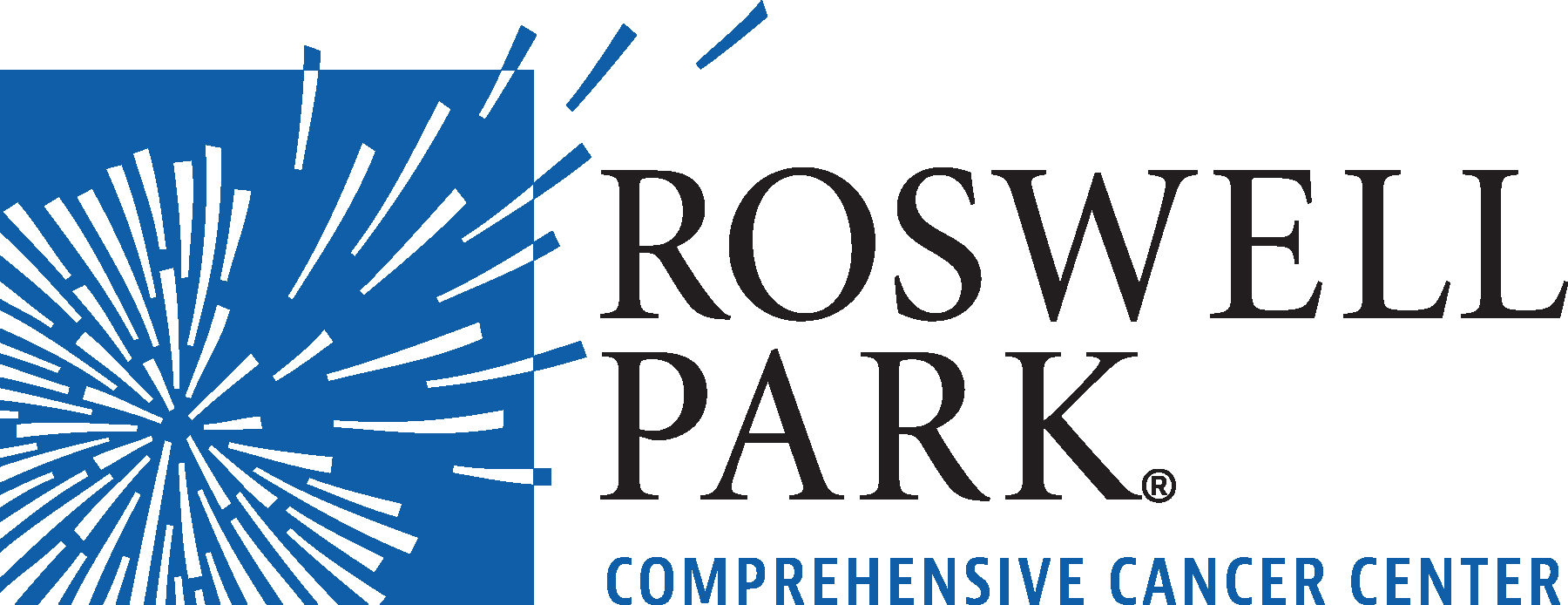- Acute GVHD is a common complication following donor (allogeneic) BMT
- Existing treatments are not completely effective against acute GVHD
- In lab study, bambuterol lessened acute GVHD without limiting antitumor effect
Newswise — BUFFALO, N.Y. — New preclinical work by a team of researchers from Roswell Park Comprehensive Cancer Center’s Transplant and Cellular Therapy Program suggests that the risk of developing acute graft vs. host disease (GVHD) during allogeneic blood/marrow transplant (BMT) — a potentially curative treatment for selected patients with hematologic disorders — can be decreased using an existing class of drugs called beta adrenergic agonists.
In a new study in the journal JCI Insight, Hemn Mohammadpour PhD, DVM, Philip McCarthy, MD, Elizabeth Repasky, PhD, and colleagues show that beta adrenergic receptor (BAR) signaling can be controlled to calm the tendency of the new donor immune system to trigger GVHD in the recipient of the allogeneic BMT (alloBMT), while still allowing the transplanted donor immune cells to fight the recipient’s cancer.
Acute GVHD — one of the most common and significant toxicities that can occur after alloBMT — is an immune system response where donor T cells attack healthy cells in their new host, often targeting skin, gastrointestinal tract and liver cells. This life-threatening condition can occur in up to 60% of patients who undergo alloBMT, a common treatment for leukemia, lymphoma and other hematologic disorders. AlloBMT, or transplant of blood or marrow cells from another individual, generates a graft vs. tumor (GVT) effect where the donor cells can attack the host’s cancer, potentially resulting in cure.
The research team found that BAR signaling is a key modulator of acute GVHD but does not negatively impact the GVT effect. BAR signaling, they report in the new study, helps regulate how the host responds to treatment, helping the new donor immune system recognize and eradicate the cancer without excessively damaging normal host tissues.
The team’s preclinical studies demonstrate another key finding: that beta-adrenergic stimulation with a beta-2 agonist such as bambuterol (brand name Bambec) can decrease the magnitude of acute GVHD without compromising the GVT effect. These drugs, known as bronchodilators, are often given to people with asthma to open up airway passages, and can also decrease the severity of an allergic reaction.
“These drugs can have a profound effect on the immune system in terms of diminishing inflammatory cytokines associated with acute GVHD, as well as modulating the different immune cells that control acute GVHD without affecting the cells that cause the desired GVT response,” says Dr. McCarthy, Director of Transplant and Cellular Therapy at Roswell Park and senior author on the new work.
These findings, if confirmed through additional studies, would represent a significant advance, as existing strategies for preventing or treating acute GVHD are not always completely effective or may hamper GVT — the intended beneficial effect of transplanted immune cells from a donor.
Another form of GVHD called chronic GVHD, which occurs late after alloBMT, was not analyzed in this study.
Previous preclinical work by another Roswell Park research team demonstrated that when transplants are performed at room temperature, the recipients have high catecholamine levels, dampening the severity of acute GVHD. Transplants conducted at higher temperatures (83°F) were linked to higher incidence and severity of acute GVHD, along with lower catecholamine levels.
That earlier work showed that beta-2 agonists such as bambuterol have similar effects as catecholamines and mimic the results of temperature modulation in a preclinical model. Accordingly, ambient temperature can impact the incidence and severity of GVHD.
“Too hot and GVHD is more aggressive,” Dr. McCarthy says. “Too cold and the transplant may not fight cancerous cells as effectively. We’re looking for Goldilocks effect — a ‘just right’ zone where acute GVHD is diminished without decreasing the GVT effect.”
The new research also builds on earlier work by Dr. Mohammadpour, a research fellow, under the direction of Dr. Repasky in the Department of Immunology. That team identified the immunological mechanisms by which chronic stress increases the number of myeloid-derived suppressor cells in patients’ blood and tumors, sparking more aggressive tumor growth, and proposed modulating BAR signaling as an effective strategy for reducing that response and allow cancer treatments to work better.
“These are great examples of bench-to-bedside research,” Dr. McCarthy says. “Based on these compelling discoveries, we plan to develop a clinical trial to study the effects of beta agonists on the incidence and severity of acute GVHD following allogenic blood and marrow transplant.”
This project was supported by grants from several National Institutes of Health (NIH) agencies (project nos. R01CA205246, R01CA236390, R37AI34495, R01HL118979, R01HL56067, F32CA239356 and P30CA016056) and by donations to Roswell Park, including a gift from Brendan and Elise McCarthy.
###
An online version of this release is available on our website: https://www.roswellpark.org/newsroom/202006-roswell-park-suggests-new-strategy-controlling-graft-vs-host-disease-bloodmarrow
Roswell Park Comprehensive Cancer Center is a community united by the drive to eliminate cancer’s grip on humanity by unlocking its secrets through personalized approaches and unleashing the healing power of hope. Founded by Dr. Roswell Park in 1898, it is the only National Cancer Institute-designated comprehensive cancer center in Upstate New York. Learn more at www.roswellpark.org, or contact us at 1-800-ROSWELL (1-800-767-9355) or [email protected].
MEDIA CONTACT
Register for reporter access to contact detailsRELEVANT EXPERTS
Philip McCarthy
Director of the Blood and Marrow Transplant Center
Roswell Park Comprehensive Cancer CenterCITATIONS
R01CA205246; R01CA236390; R37AI34495; R01HL118979; R01HL56067; F32CA239356; P30CA016056; JCI Insight
